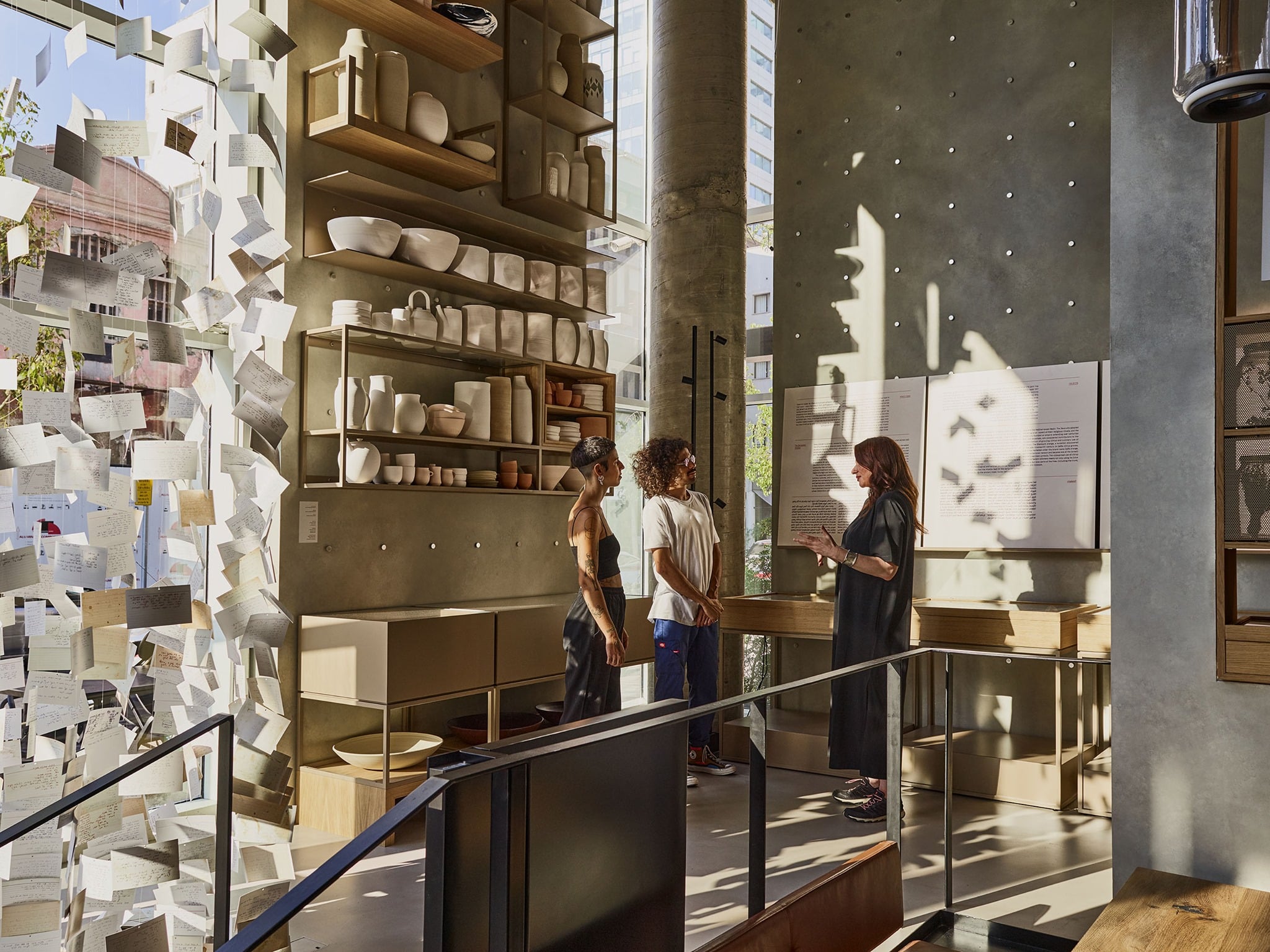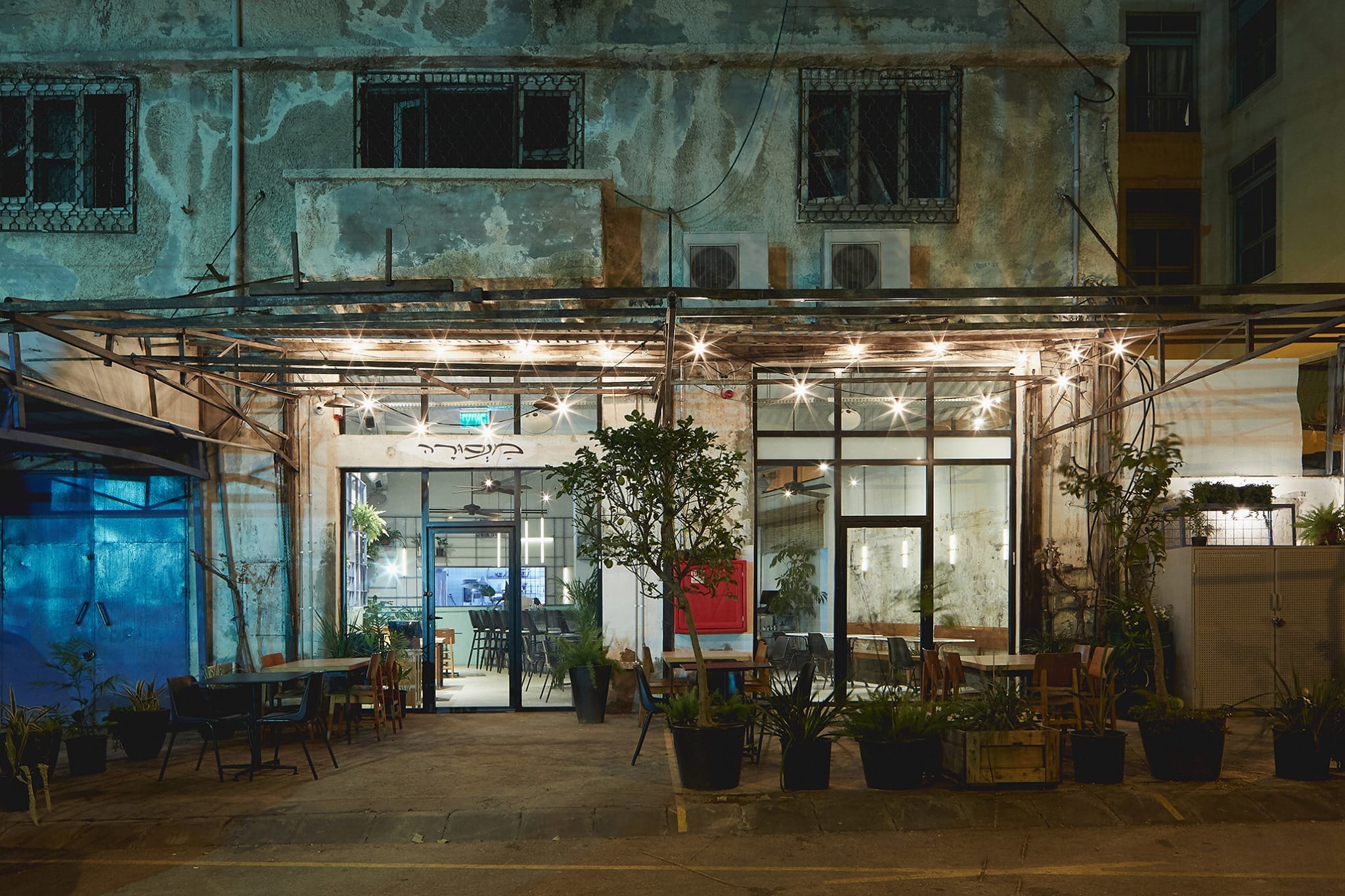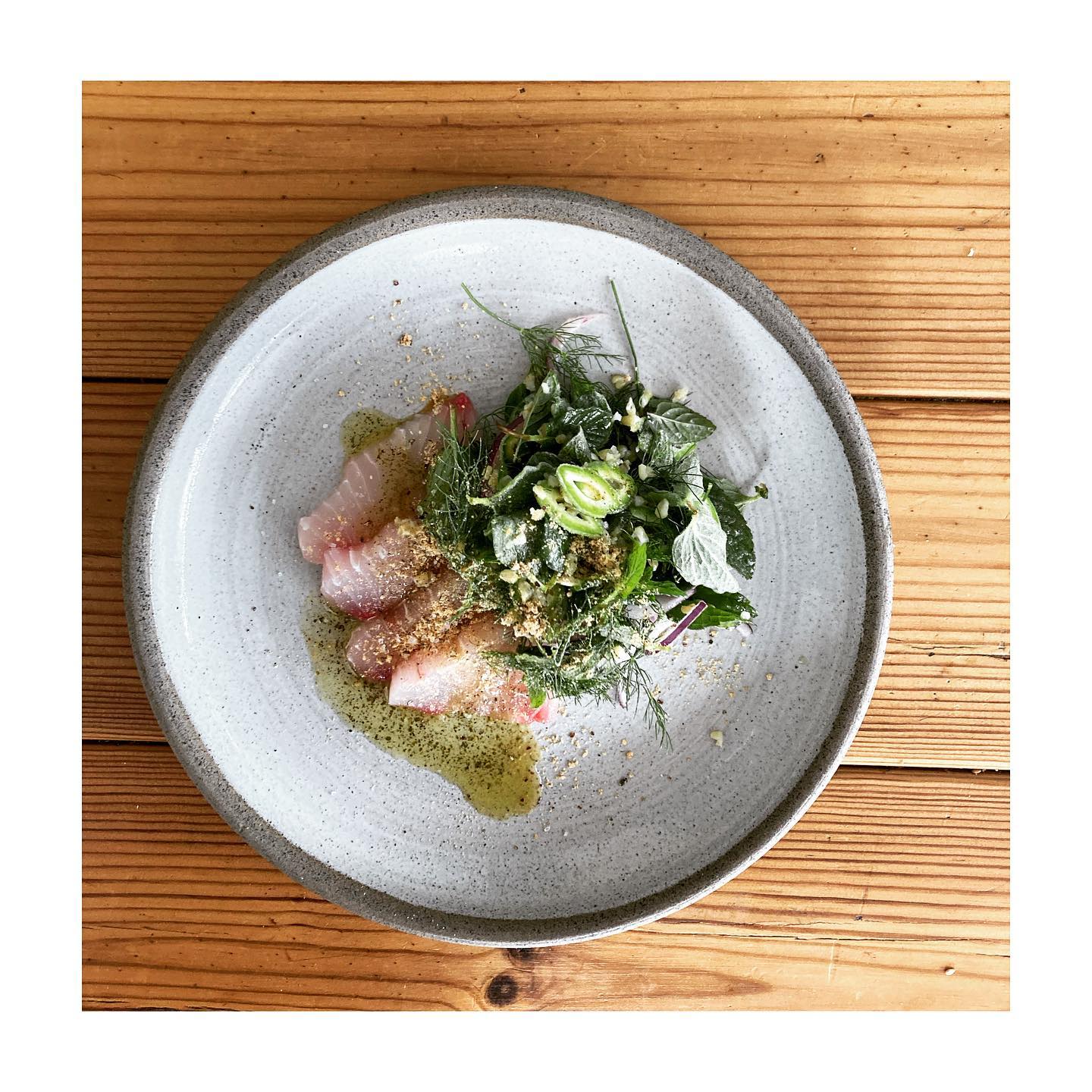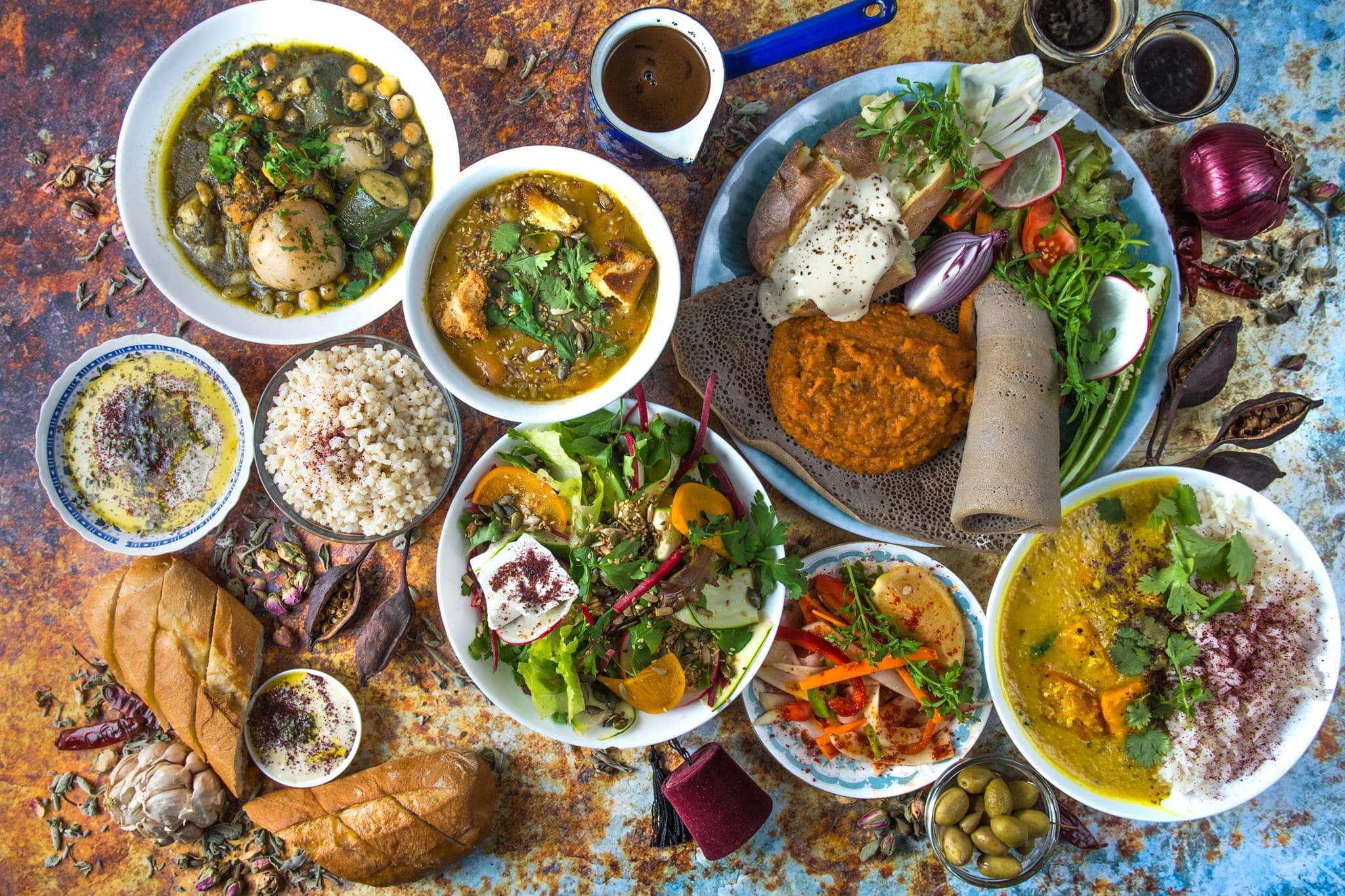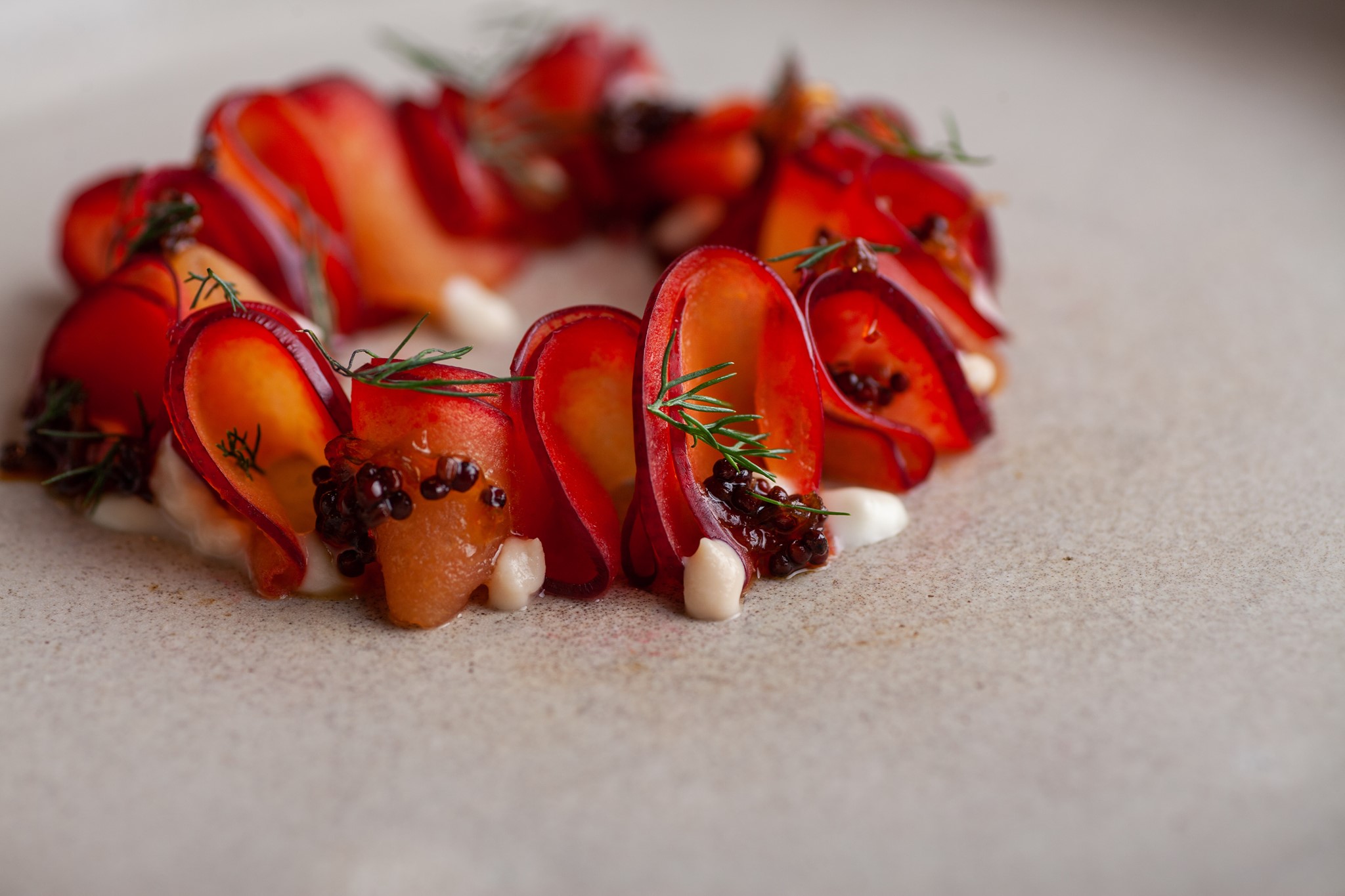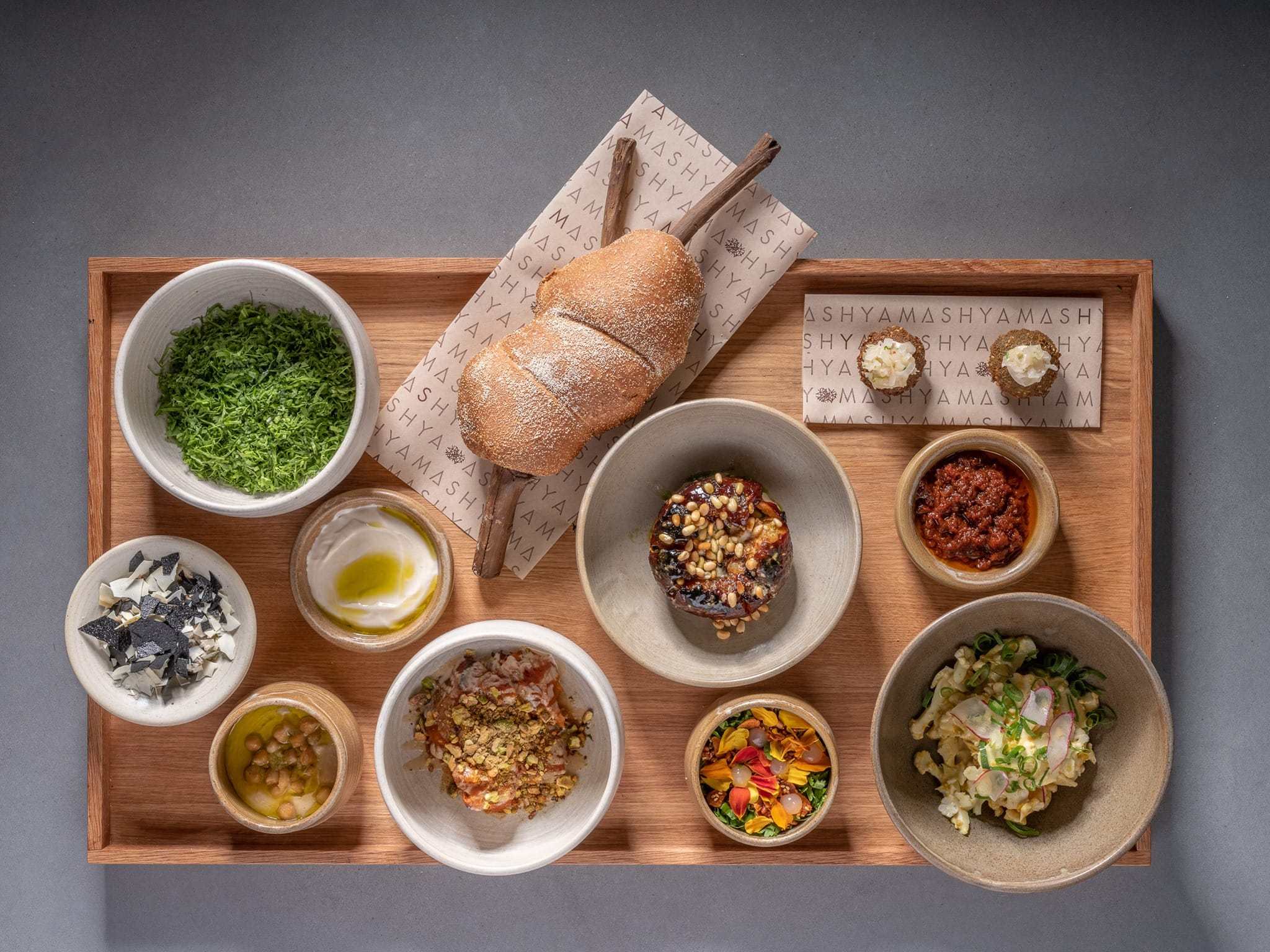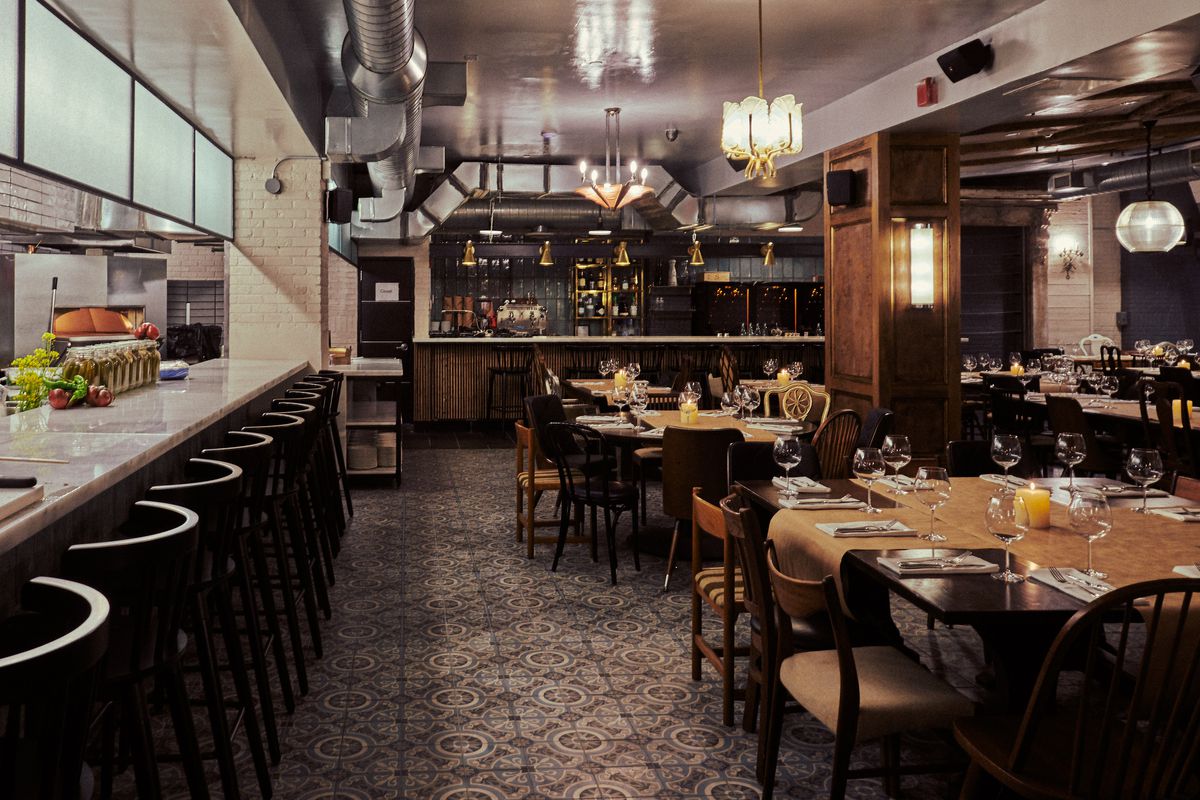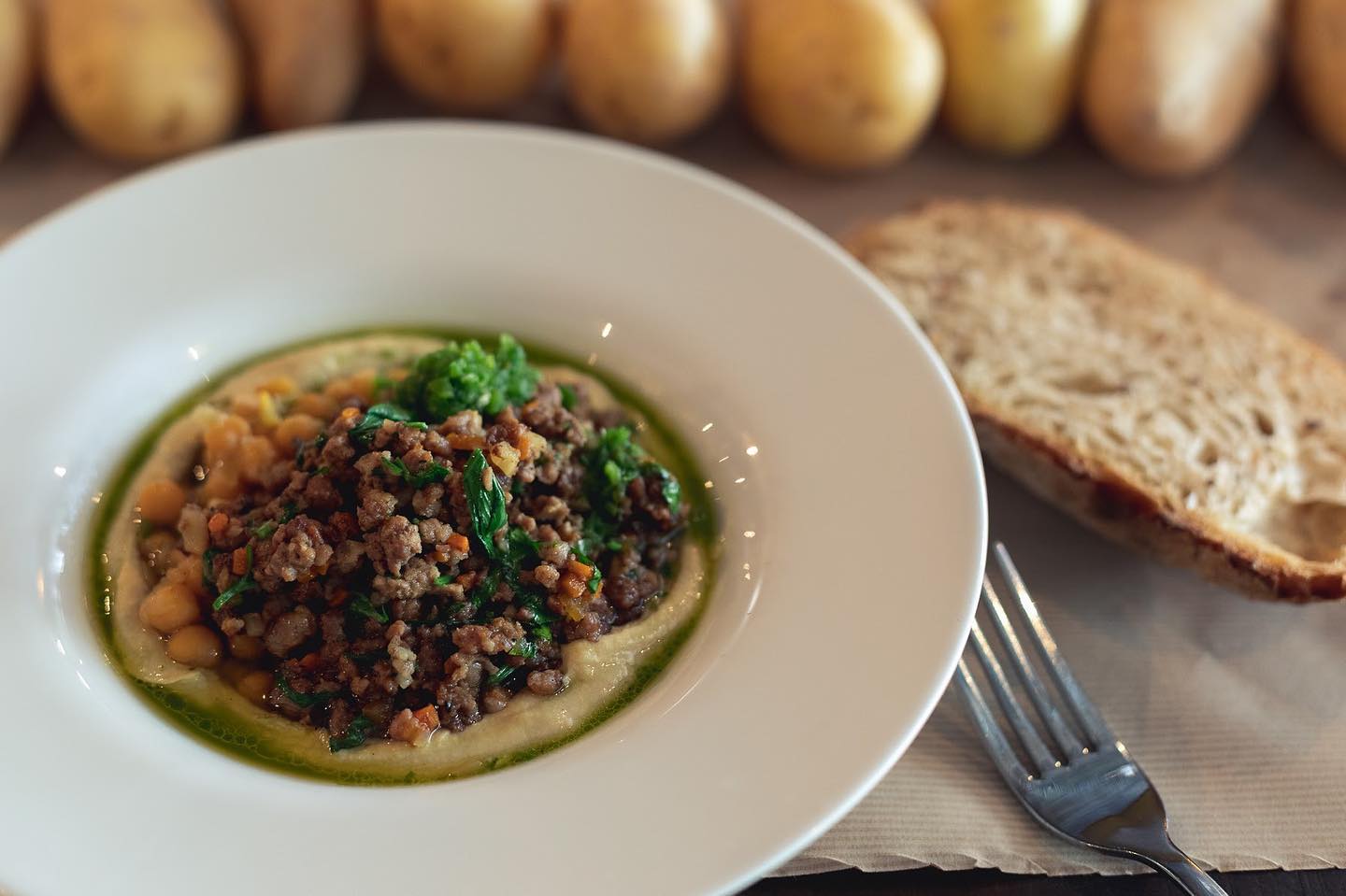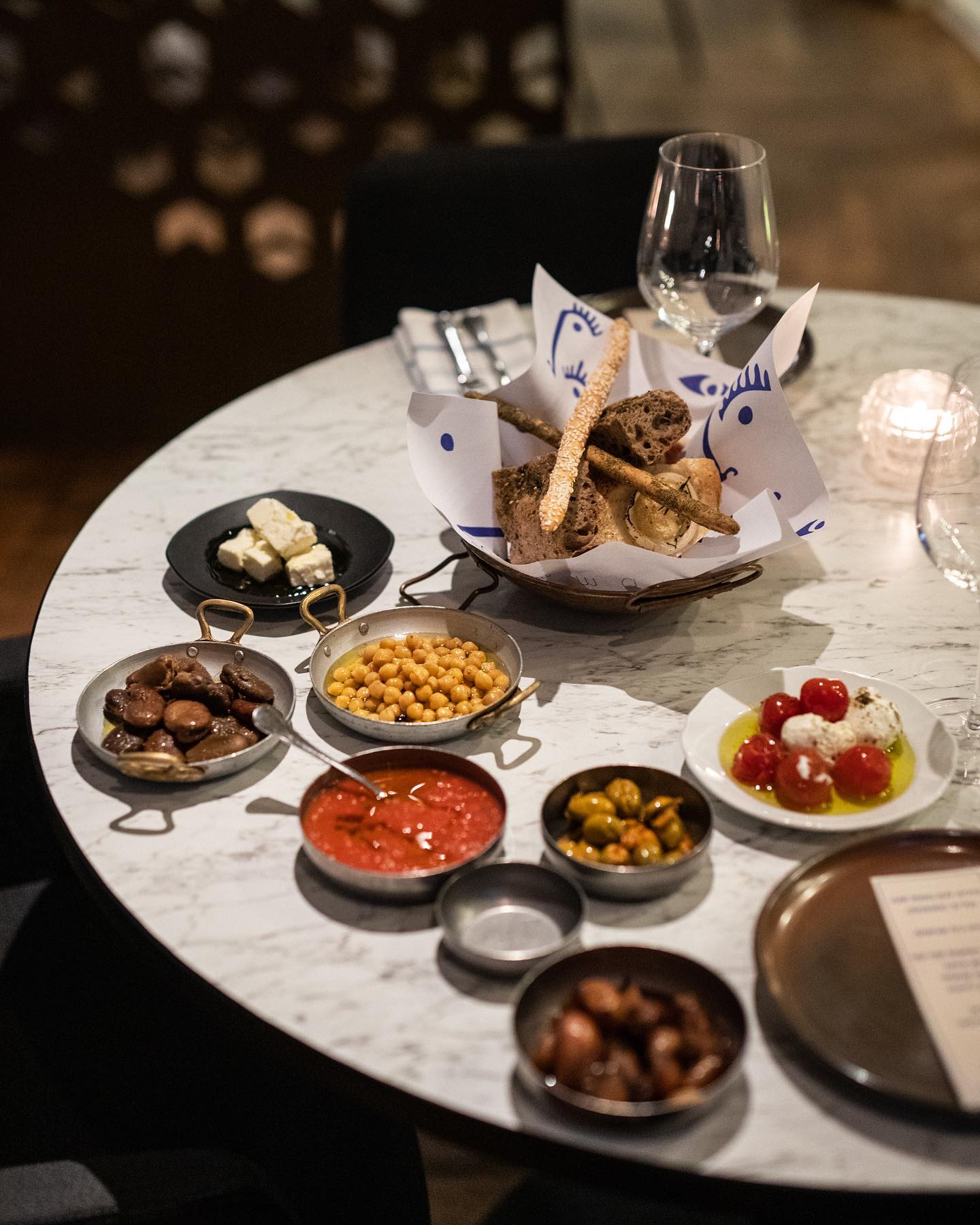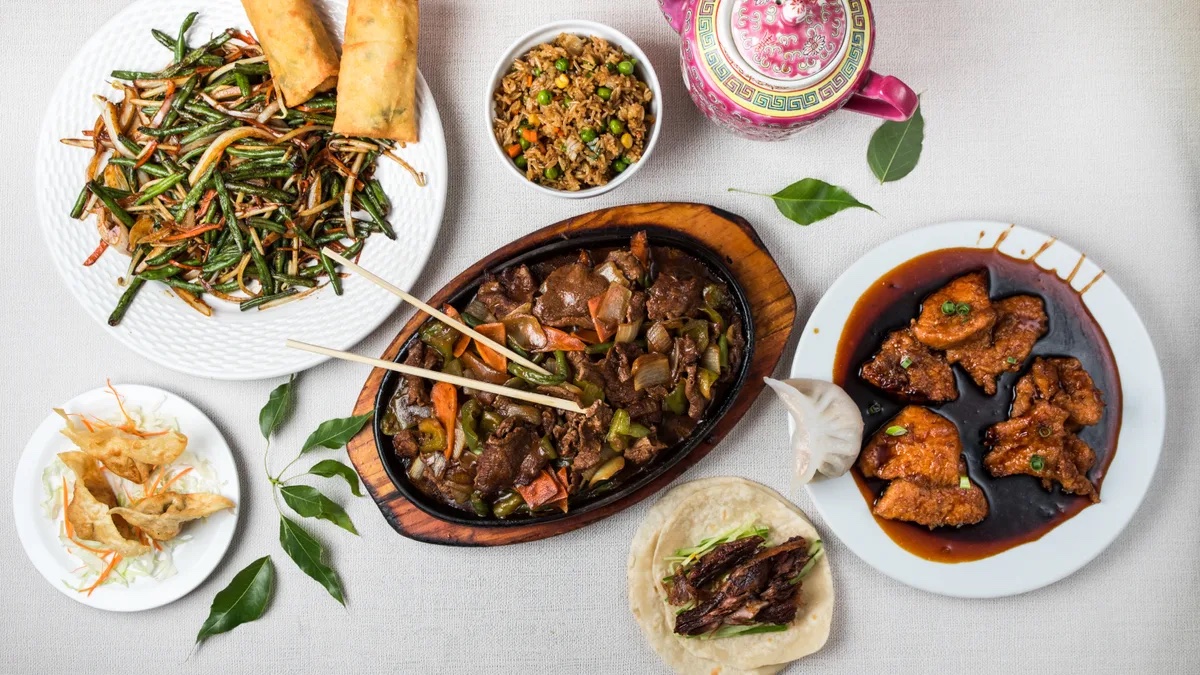Founder Naama Shefi started Café Asif under the belief that food is one of the most effective methods for building a community. The non-profit culinary organization endeavours to nurture Israel’s gastronomic culture, serving a smorgasbord of traditional dishes to customers from diverse backgrounds. The joint venture runs in conjunction with Tel Aviv’s Start-Up Nation Central and the New York City-based Jewish Food Society.
Promoting food as the core ingredient of culture and identity, the restaurant strives to educate diners on Israeli history and encourage them to confront contemporary conflicts. As for the menu, expect a broad range of Israeli classics, from green shashuka to fish kebab sinniyeh in a tangy tahini sauce.
